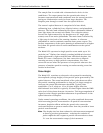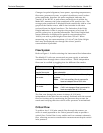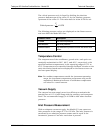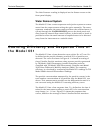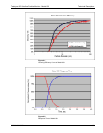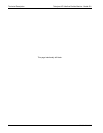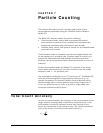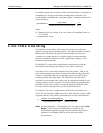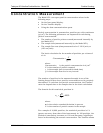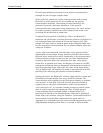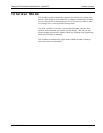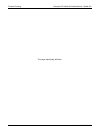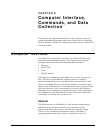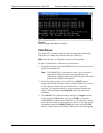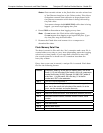
Teledyne API Ultrafine Particle Monitor - Model 651 Particle Counting
07506C DCN6727 63
Concentration Measurement
The Model 651 can report particle concentration values in the
following ways:
On the front-panel display.
On the Totalizer display.
Using the data communications ports.
Particle concentration is presented as particles per cubic centimeter
(p/cm
3
). The following parameters are important for calculating
particle concentration:
The number of particle pulses counted (measured internally by
the Model 651).
The sample time (measured internally by the Model 651).
The sample flow rate (always assumed to be 0.120 L/min, or
(120 cm
3
/min).
The basic calculation for the number of particles per volume of
air is:
tQ
N
ionConcentrat
where:
Concentration is the particle concentration in #/cm
3
N is the number of particle counted
t is the sample time (corrected for dead-time)
Q is the sample flow rate in cm
3
/second
The number of particles in the measured sample is one of the
limiting factors of how low a particle concentration can be precisely
determined. To calculate low particle concentrations, the Totalizer
uses the elapsed time as the sample time in the above calculation.
The formula for this statistical precision is:
%100
N
N
N
where:
σ
N
is the relative standard deviation in percent
N is the number of particle counts in the sample
For a sample of 10,000 particles, the statistical precision is 1%
(greater accuracy than that of the instrument). At 100 particles, the
statistical uncertainty increases to 10% and becomes a significant
factor in determining the aerosol concentration. The Totalizer allows



